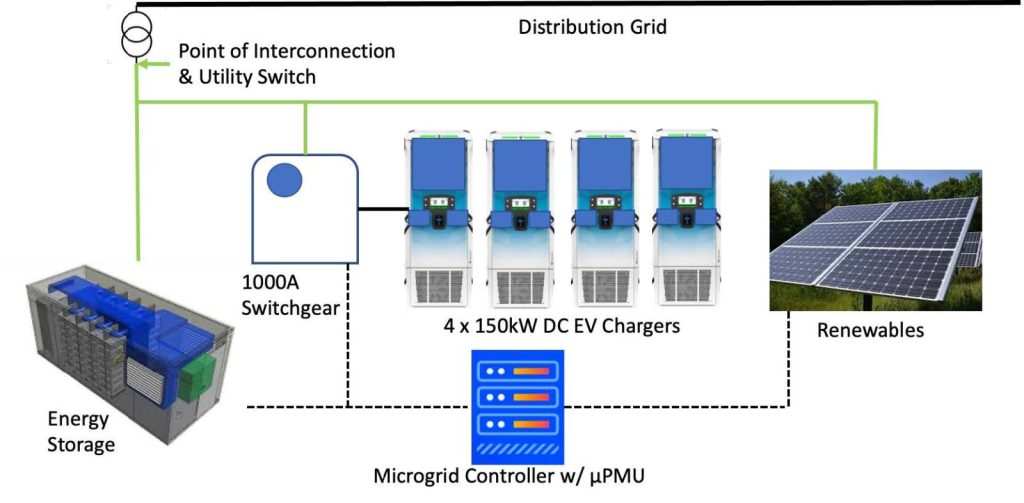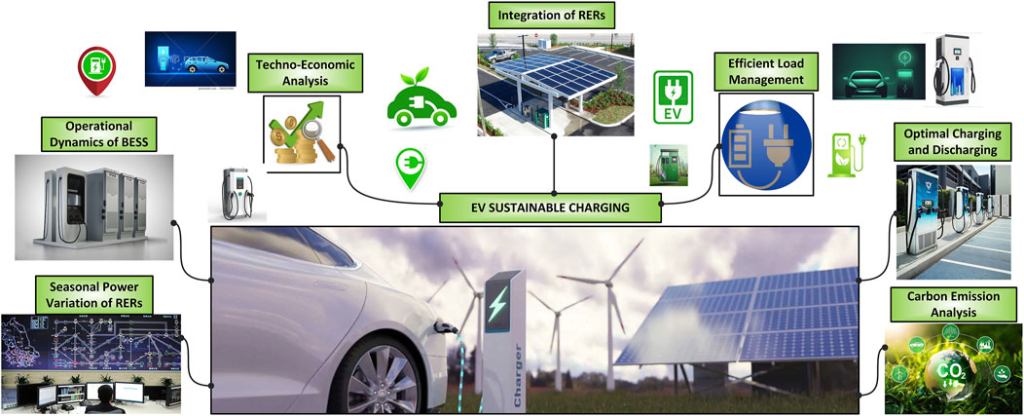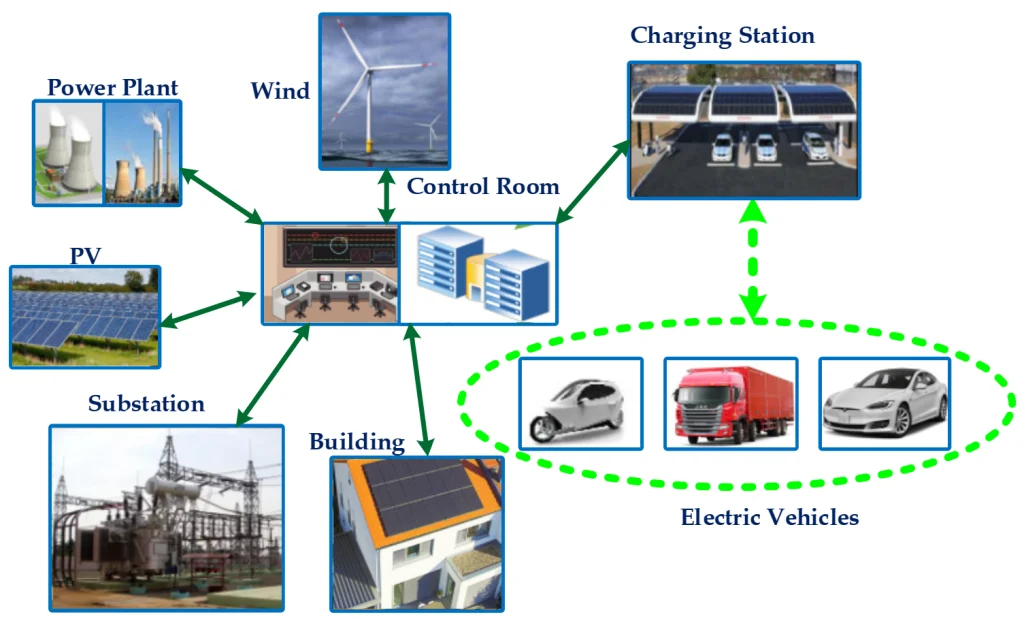
Products
Fast, Reliable, Everywhere

Solutions
Efficient, Innovative EV Charging Solutions.
News
We are committed to the innovation and application of EV charging.
With the rapid rise in electric vehicle (EV) adoption, the demand for reliable and efficient EV charging infrastructure is increasing. However, this growth presents significant challenges for the power grid, including peak load demand and supply fluctuations. Energy storage systems (ESS) are emerging as a crucial solution to enhance grid stability, optimize EV charging, and integrate renewable energy sources.

Energy storage systems help stabilize the grid by storing excess energy during off-peak hours and redistributing it when demand spikes. This approach:
Renewable energy sources like solar and wind can be unpredictable due to weather conditions. Energy storage captures surplus energy during periods of high production and releases it when supply drops. This integration helps:

Public DC fast-charging stations demand high power, which can strain the grid. Energy storage systems act as a buffer, supplying stored energy for rapid charging without overloading the grid. This ensures:
In locations with multiple charging points, energy storage optimizes power distribution by:
For remote locations or grid outages, energy storage can enable off-grid charging solutions, ensuring:

When grid infrastructure requires upgrades or maintenance, energy storage ensures uninterrupted charging by providing backup power. This helps in:
Fluctuations in power quality can affect EV batteries and charging equipment longevity. Energy storage helps by:
While energy storage significantly enhances EV charging reliability, several challenges must be addressed to fully optimize this technology.
Ensuring seamless communication between EV chargers, energy storage units, and the grid is critical. Challenges include:
For optimal performance, bidirectional power flow is essential, allowing energy to move:
Advanced power electronics are required to manage these energy transitions efficiently.
Determining the appropriate size for an energy storage system is complex:
Deploying energy storage solutions involves significant capital costs, including:
Battery degradation over time necessitates ongoing maintenance and eventual replacement. This adds:
Revenue from EV charging may not always justify the high cost of energy storage, making ROI calculation complex. Key factors affecting economic viability include:
Energy storage integration faces regulatory challenges, such as:
With high-energy-density batteries, safety concerns include:
Accurate forecasting of EV charging demand is critical for efficient storage utilization. Challenges include:
Balancing energy flow between the grid, storage, and EVs requires intelligent energy management systems that:
To fully harness energy storage for EV charging, collaboration between policymakers, grid operators, and the EV industry is essential. Future advancements may include:
By addressing technical, economic, and policy challenges, energy storage will play a pivotal role in creating a sustainable, efficient, and resilient EV charging network.
Integrating energy storage with EV charging offers numerous benefits, including grid stability, cost savings, and enhanced charging efficiency. Despite existing challenges, technological advancements and policy support will drive further adoption. By leveraging smart energy management, bidirectional charging, and renewable energy integration, energy storage will be a key enabler of the future EV ecosystem.

1. How does energy storage benefit EV charging stations?
It reduces grid stress, enables faster charging, and supports off-grid operations during outages.
2. What are the biggest challenges in integrating energy storage with EV charging?
Challenges include high costs, technical complexities, grid integration issues, and regulatory barriers.
3. Can energy storage make EV charging more sustainable?
Yes, by integrating renewable energy sources, storage reduces dependence on fossil-fuel power plants.
4. What role does AI play in energy storage management?
AI helps predict demand, optimize energy distribution, and enhance charging station efficiency.
5. How can businesses improve the ROI of energy storage for EV charging?
By leveraging incentives, dynamic pricing, and energy management strategies, businesses can maximize profitability and efficiency.
